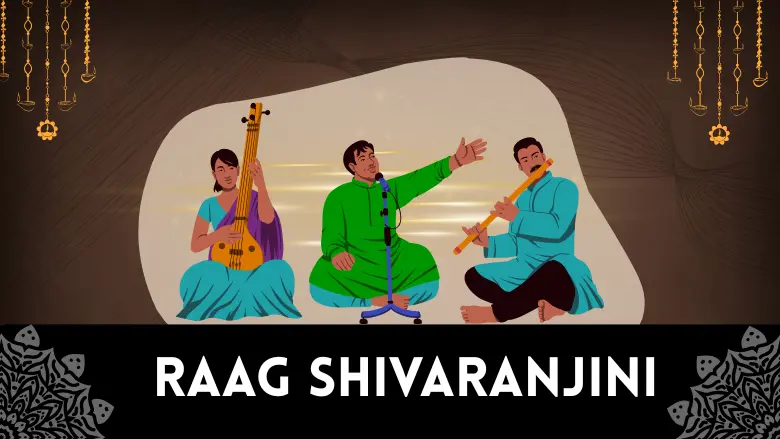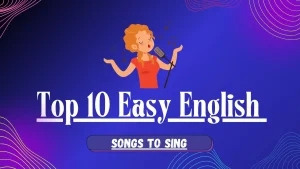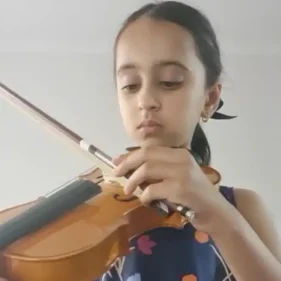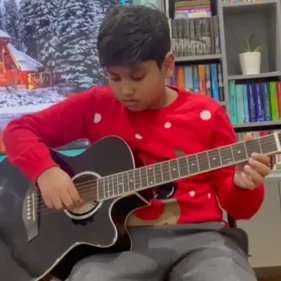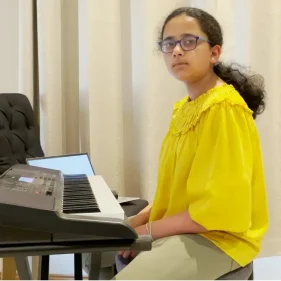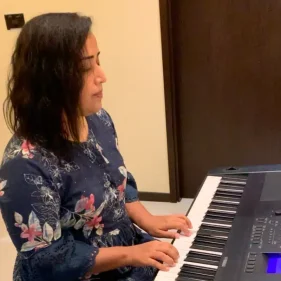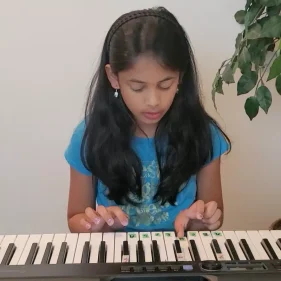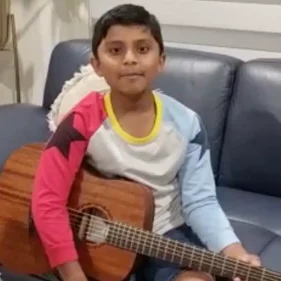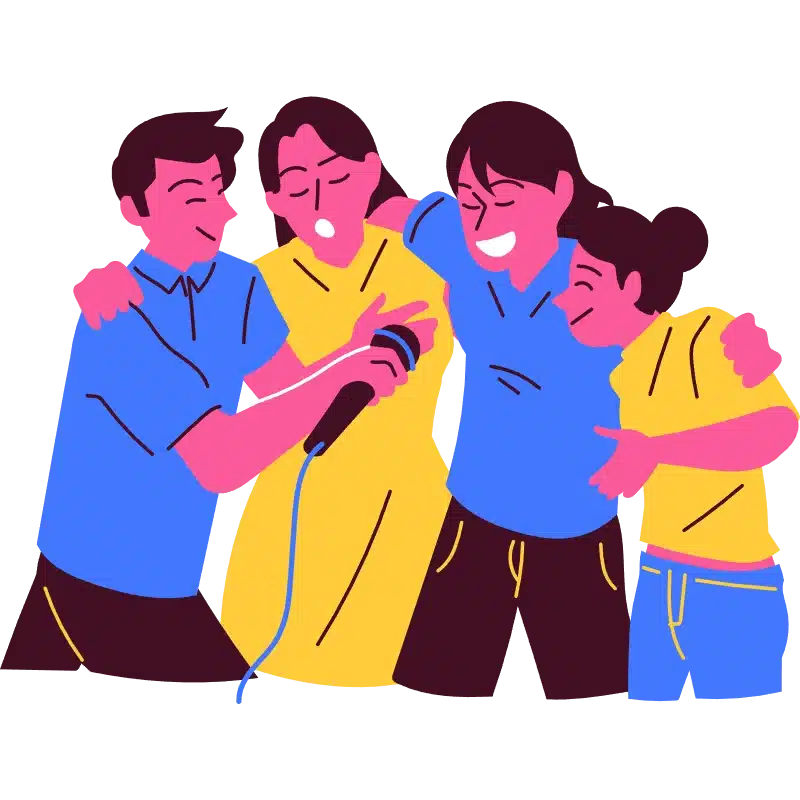- Raag Shivranjani
- Introduction to Raag Shivranjani
- Structure of Raag Shivranjani Notes
- Mood and Emotional Appeal of the Raag
- Use of Shivranjani Raag in Film Songs
- Similar Raags
- Shivranjani vs Bhoopali Raag
- Shivranjani vs Malkauns
- Hindustani vs Carnatic Shivranjani
- How to identify Raag Shivranjani
- Conclusion
- FAQs
- Related Blogs
- Related Services
Raag Shivranjani
Indian Classical music is a vast ocean with millions of raags, melodies with emotions and expressions. Each raag touches the soul of its listeners. Among them is Raag Shivranjani and it holds a special place in classical musician’s hearts.
Its haunting beauty and deep emotional power creates a world of longing and devotion.
Let’s explore the structure, history, its appeals and the use of the raag in films in this essay.
Introduction to Raag Shivranjani
This is a pentatonic raag with five notes in aroha and avroha. It is widely performed in both Hindustani Classical Sangeet and Carnatic music.
The word ‘Shivrangini’ in Sanskrit means ‘Shiva- refers to Lord Shiva’ and ‘Ranjini- delight of joy.’ Now, this can be interpreted as a “raag which pleases Lord Shiva”
Structure of Raag Shivranjani Notes
Aroha | Sa Re Ga Pa Dha Sa |
Avroha | Sa Dha Pa Ga Re Sa |
Vadi | Ga |
Sumvadi | Dha |
Jati | Audav- Audav |
Thaat | Kaafi |
Samay | 2nd part of the night |
Pakad | Re Ga Pa, Dha Pa Ga Re, Ga Sa Re Sa |
Shivranjani raag uses Komal Ga and Komal Dha and belongs to Kaafi thaat.
Swaras Used:
Sa – Shadaja
Ra – Shudh Rishab
Ga – Komal Gandhar
Pa – Pancham
Da – Komal Dheivat
The raag omits Ma (Madhyam) and Ni (Nishad) to create the poignant emotional texture.
Mood and Emotional Appeal of the Raag
The raag is often described as mournful but sweet. Some critics say it is meditative and introspective and therefore suitable for expressing pain, love and devotion to deities.
The absence of Ma and Ni makes it sound, sort of, incomplete and I think this contributes to its emotional appeal. Mostly, bhajans, film songs and bandishes are composed using Shivranjani raag notes.
Here are few of the chotakhayals and bandishes of Raag Shivranjani
Saiyan More Ghar Aaye
Naina Basi Shyam
Use of Shivranjani Raag in Film Songs
O Sajna Barkha Bahaar Aayi- Parakh- 1960
One of the iconic Hindi film raag shivranjani based songs list is “O sajna barkha bahaar aayi”. It was composed by R.D.Burman and is featured in the film Parakh (1960). Sung by Lata Mangeshkar, the flavors of the raag are beautifully captured.
Aa Bhi Ja Bhi Ja- Sur- 2002
En Iniya Pon Nilave- Moodupani- 1980
One of the most popular shivranjani raag songs in tamil is “En Iniya Pon Nilave” from the movie ‘Moodupani’ composed by Ilayaraja and performed by Yesudas.
Chinna Kannan Azhaikuran- Kavikuyil- 1977
Similar Raags
Shivranjani vs Bhoopali Raag
Both Shivranjini and bhoopali are pentatonic raags with 5 swaras in aroha and avroha. Shivranjini uses komal ga and dha while bhoopali uses shudh ga and Dha. They also have similar melodic outlines with different moods.
Shivranjani vs Malkauns
Malkauns, also a pentatonic raag, uses komal ga and dha like shivranjini. Sa Ga Ma Dha Ni Sa and Sa Ni Dha Ma Ga Sa are the aroha and avroha which omit Re and Pa.
Hindustani vs Carnatic Shivranjani
Hindustani Shivranjani raag:
Sa - Shadaja
Ra - Shudh Rishab
Ga - Komal Gandhar
Pa - Pancham
Da - Komal Dheivat
Carnatic Shivranjani notes:
Sa- Shadja
R2- Chatusruti Rishabam
G2- Sadharana Gandhram
P- Panchamam
D2- Chatusruti Dhaivatam
How to identify Raag Shivranjani
Now, to identify the raag in classical, semi-classical, or film songs requires good ear training. Here are a few practical and simple tips that will help you to identify using raag shivranjani notes.
Understand the swaras aroha and avroha
The swaras used in the song will omit Ma and Ni. Look for the hints of Komal Ga and Dha and the use of 5 notes only in the scale.
Look for the rasa or emotion
Raag shivranjani based songs usually reflect sadness or longing, nostalgia and have emotional depth, be it romantic or any genre of music.
Try to identify signature phrases
Some of the signature phrases include Re Ga Pa Ga Re; Pa Dha Sa, Sa Dha Pa; Re Ga Pa, Dha Pa Ga Re; Ga Sa Re Sa.
Rule out the similar raags
Some of the similar raags include bhupali, durga and madhyamavati. All these raags use somewhat different swaras or different emotions.
Conclusion
As long as music continues to be a way to express the soul and mind of musicians, Shivaranji raag will remain eternal. Book a free demo with musicmaster to learn different raags and other musical concepts.
FAQs
Sa Re Ga Pa Dha Sa
Sa Dha Pa Ga Re Sa are notes of Raag Shivranjani.
It belongs to kaafi thaat.
The time of singing Raag Shivranjani is the 2nd part of the night.
There are five notes in Shivranjani.

